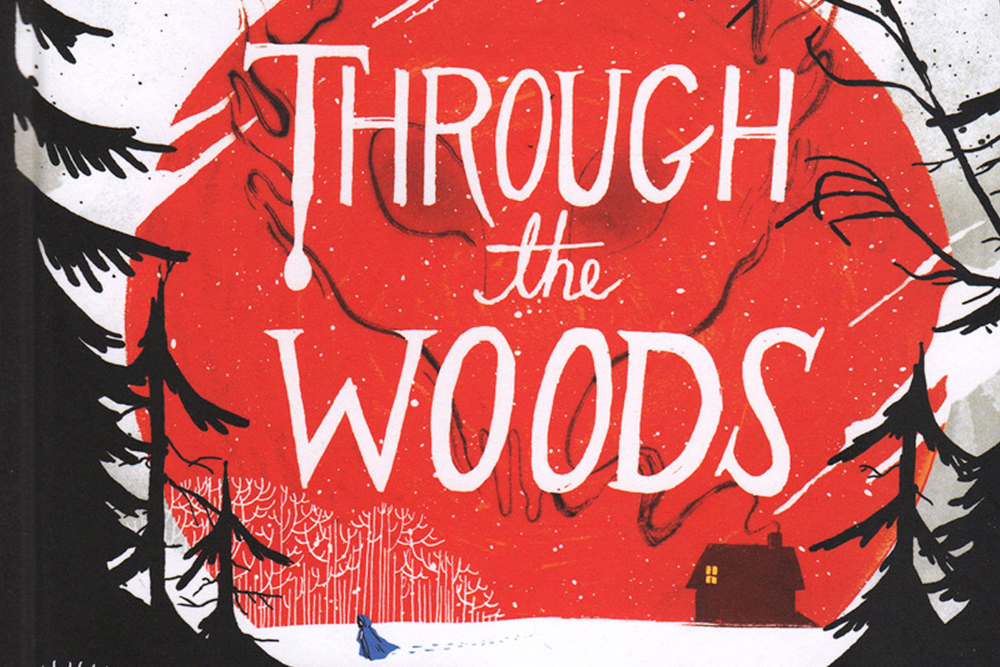After the first chapter of Greil Marcus’ newest book, The Shape of Things to Come, the question remains: what’s the point?
Reasoning the unreasonable and considering our history
After the first chapter of Greil Marcus’ newest book, The Shape of Things to Come, the question remains: what’s the point? It’s confusing. It’s convoluted. It’s abrupt. The reader struggles to connect the disjointed collection of references, quotes and anecdotes in order to form some kind of cohesion. That in itself becomes a search quickly fallen to the wayside in pursuit of the answer to the more trying question: “Is it me or the author who is lacking insight?” But then comes an about face in the second chapter. As cliched as it sounds, the reader experiences an “A-ha!” moment about halfway through the section titled “Philip Roth and the Last Republic.”
The identity and coherence–the point even–of Marcus’ work comes together in a way that mirrors his argument about how the identity of the American people has come together. We begin to see that The Shape of Things to Come isn’t about what is to come for our country at all. Rather, it is a portrait of who and why we are now.
Marcus details the emergence of a nation based on prophecy, invented symbolism and ideology. He draws effectively from a variety of sources, mixing the philosophies of the alternative artists and thinkers we know with references that have become so commonplace that their meaning has been lost. As readers we are asked to consider Lincoln’s Second Inaugural Address, Heavens to Betsy lyrics and the facial expressions of actor Bill Pullman side by side one another, connected to one another and mutually informative of one another.
From this comes a surprisingly accurate picture of our cultural psyche-one that is based not on any tangible bond or reason, but on an eclectic mixture of mysticism, entitlement, self-judgment and a fierce loyalty to powerfully impotent ideas. We are forced to look at the shocking fragility of our nation as it is: a collection of people united by a series of objects and an adherence to a philosophy that holds power only because we say it does.
With Marcus’ words we begin to question our own innocence in the calamity and chaos we face. When we read his quotations of Noam Chomsky, “The terrorist attacks were major atrocities. In scale they may not reach the level of many others–for example, Clinton’s 1998 bombing of the Sudan with no credible pretext, destroying half its pharmaceutical supplies and killing unknown numbers of people,” and Christopher Hutchinson, “Over the years since the seizure of the American embassy in Tehran in 1979, the [American] public has become tolerably familiar with the idea that there are Middle Easterners in various shades and stripes who do not like them…with cell phones still bleeping piteously from under the rubble, it probably seems indecent to most people to ask if the United States has ever done anything to attract such awful hatred,” September 11 becomes not an undeserved atrocity, but something perhaps we should have seen coming.
Under Marcus’ guidance, the scope of art in the United States (music, in particular) is questioned. That which has been called offensive and detrimental to society becomes a necessary prophecy rather than a cacophonic cry for publicity and attention. With this work, Marcus has brought reason to the unreasonable and has called attention to the lack of reason in areas that have been named the building blocks for white-bread America.
Already this book has received a barrage of praise, and although I’d like to play devil’s advocate and disagree, I can’t. It is a very interesting read and worth the $15. Marcus himself will be in Portland on Sept. 28 at Powell’s City of Books to discuss his work, which, considering the content of the book, ought to be an eye-opening event.
That said, keep in mind the book isn’t easy-read popular fiction. Be prepared for its slow, somewhat confusing start, and its overall density. Marcus covers over two centuries of cultural development in 284 pages. As a reader you have to keep pace with the author, which isn’t easy to do while he is tearing about in no clear pattern. This is not your standard cultural studies book, nor your standard theorist. Be ready to stretch the way you think and keep in mind that in the end, the picture of jumbled cultural identity you get, after the jumbled-at-times read, is worth the effort-not to mention more accurate than a lot of the other cultural criticism out there.



